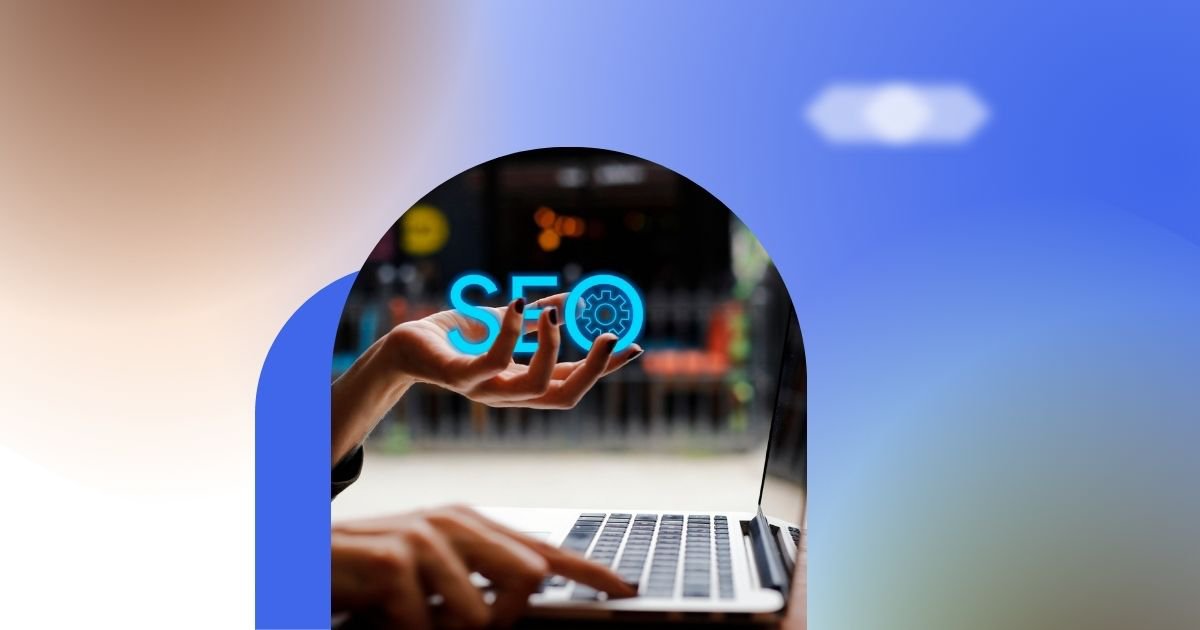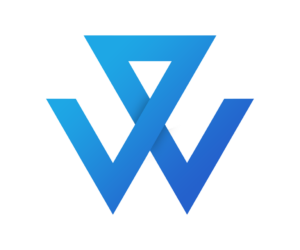Balancing productivity and employee well-being is more challenging than ever, with nearly 76% of workers reporting burnout at some point in their careers, according to Gallup. This statistic highlights the urgent need for organizations to prioritize workforce efficiency while ensuring their teams remain healthy and engaged. High-powered executives and business leaders must identify this delicate balance to drive success without sacrificing their employee’s mental health.
This article provides actionable strategies for enhancing productivity while preventing burnout. We can create an environment that supports efficiency and well-being by focusing on practical approaches. One effective solution is offloading routine tasks to virtual assistants, freeing employees to concentrate on higher-value work. This shift improves workforce efficiency and helps maintain a sustainable work pace.
As we discuss practical methods to achieve these objectives, we will explore how fostering a supportive workplace culture and leveraging technology can lead to a thriving, productive team. Let's examine how to implement these strategies to empower your workforce and promote long-term success.
Understanding Workforce Efficiency
Workforce efficiency is about getting the most out of your team to achieve your organizational goal. In high-level business operations, it means effectively aligning employee skills, processes, and technology to maximize productivity while minimizing waste.
It's not just about cramming more work into less time; it's about strategic planning, clear communication, and adaptability in a rapidly changing market. For executives and C-suite professionals, grasping and enhancing workforce efficiency is crucial for driving performance and staying competitive.
So, why is efficiency such a big deal? Simply put, improving workforce efficiency is essential for organizational success. When operations are streamlined, you see increased output, reduced costs, and happier employees.
An efficient workforce can respond quickly to market demands, innovate more effectively, and maintain high-quality standards. For leaders, this translates to better financial performances and a stronger brand reputation—who doesn't want that?
However, it's easy to trip up along the way. Common pitfalls like setting unrealistic expectations, ignoring employee well-being, and not providing enough training can lead to inefficiency and burnout. Poor communication can also create misunderstandings that waste effort.
When leaders overlook these issues, they risk diminishing productivity and hurting team morale, ultimately undermining workforce efficiency goals. Recognizing and addressing these challenges is vital for fostering a productive and engaged workforce.
Assessing Current Productivity Levels
According to a recent study, organizations that conduct regular performance evaluations see a 20% increase in employee engagement and productivity. Here is how you can Assess Current Productivity Levels of the workforce:
Evaluating Team Performance
To enhance workforce efficiency, the first step is to assess your team's current productivity level. Regular performance reviews are a great way to do this; they allow team members to share their workloads, achievements, and challenges.
Additionally, employee surveys can provide valuable insight into team dynamics and individual contributions. Combining these methods gives you a well-rounded view of how effectively your team is operating and helps you identify strengths and weaknesses.
Identifying Bottlenecks
Once you understand overall performance, it's time to identify any bottleneck holding your team back. Take a close look at your workflow processes; pay attention to tasks that take longer than expected or consistently create delays.
Encouraging open discussion about their daily challenges with your team can help uncover hidden inefficiencies. Observing how team members interact and collaborate is also beneficial, as this can highlight areas where communication might falter or resources are lacking.
Tools and Metrics
Various tools and metrics are at your disposal to support this assessment. Project management software like Trello or Asana makes it easy to visualize task progress and manage workloads effectively. Time-tracking tools such as Toggl can help you see how much time is spent on different tasks, revealing valuable productivity patterns.
Key performance indicators (KPIs)—task completion rates, project timelines, and employee satisfaction scores—are metrics for gauging workforce efficiency. By utilizing these assessment methods and tools, you can pinpoint areas for improvement and implement a strategy that genuinely enhances your team's productivity.
It's essential to regularly review these KPIs to ensure their relevancy and effectiveness since they can change over time. Failing to do so may result in misleading data and poor decision-making.
Setting Clear Goals and Priorities
To establish clear goals and ensure their timely completion, here's how to approach the process:
Defining Goals
Setting clear, achievable goals is vital for enhancing team focus and direction. Start using the SMART criteria—goals should be Specific, Measurable, Achievable, Relevant, and Time-bound. For example, instead of saying, "Increase sales," specify, "Increase sales by 15% over the next quarter." This clarity helps team members understand exactly what is expected of them and allows for easier progress tracking.
Prioritizing Tasks
Once goals are defined, the next step is prioritizing tasks to ensure high-impact activities are completed first. One effective strategy is the Eisenhower Matrix, which categorizes tasks into four quadrants based on urgency and importance.
By focusing on urgent and vital tasks, you can allocate resources effectively and ensure critical projects get the attention they deserve. Additionally, implementing regular check-ins can help keep everyone on track and adjust priorities as needed.
Aligning Objectives
It's also essential to align team goals with broader organizational objectives. When team goals support the company's mission and vision, everyone works towards a common purpose, increasing engagement and motivation.
Regularly communicate how individual contribution fits into the bigger picture so team members understand the impact of their work.
Optimizing Workflows and Processes
Optimizing workflow is vital for boosting productivity and minimizing inefficiency within your team. Refining the work process can eliminate unnecessary steps and streamline operations. This saves time and cultivates a more engaged workforce.
Streamlining Processes
To boost workforce efficiency, streamlining workflow is essential. Start by mapping out your existing processes to spot bottlenecks or redundant steps. Involve your teams in this analysis, as they often have valuable insights on what can be simplified.
For example, if a task requires multiple approvals that could be consolidated into one, it's worth making those changes. Also, streamlining communication channels can significantly reduce delay—encouraging the use of a shared platform for updates to help keep everyone informed and on the same page.
Implementing Best Practices
Beyond streamlining, implementing best practices is critical for optimizing processes. Automation can be a game-changer; tools like Zapier or Microsoft Power Automate can manage repetitive tasks like data entry or scheduling.
This frees up your team to focus on more strategic, high-impact activities. Standardizing procedure is another effective strategy. Create clear guidelines and templates for tasks to ensure consistency, which reduces the time spent on decision-making. Regularly review these practices to ensure they adapt to change needs and remain effective.
Leveraging Technology
Technology is a powerful ally in optimizing workflow. Project management tools like Asana, Trello, or Monday.com allow teams to visualize tasks, deadlines, and progress, making collaboration smoother. Communication platforms like Slack or Microsoft Teams streamline conversation, enable real-time updates, reduce email overloads, and speed up decision-making.
Additionally, data analytics tools can provide insight into performance metrics, helping you identify areas for further improvements. By leveraging this technology and best practices, you can create a more efficient work environment that enhances productivity while supporting employee satisfaction and well-being.
Promoting a Healthy Work Environment
Promoting a Healthy Work Environment is essential. Here is how to do that:
Work-Life Balance
Promoting healthy work environments starts with encouraging a solid work-life balance. Leaders must set clear boundaries around work hours and expectations. Encourage your teams to disconnect after hours and on weekends to recharge their battery.
Flexible working arrangements, such as remote work options or adjustable hours, can help employees juggle their personal and professional lives. Employees feeling their time outside work is respected can significantly boost morale and job satisfaction.
Employee Well-being
Mental health and well-being initiatives are vital for motivating your workforce. Resources like employee assistance programs (EAPs) can offer confidential support for personal or work-related issues. You might also consider hosting wellness workshops, stress management sessions, and mindfulness training to create a supportive atmosphere.
Opening up conversations about mental health can help break down any stigmas and make employees feel comfortable discussing their challenges. When your teams know there's support available, they are more likely to stay engaged and productive.
Encouraging Breaks and Downtime
Incorporating regular breaks and downtime into the workday is critical to preventing burnout. Simple strategies, like short breaks, can significantly affect focus and energy levels.
Encourage your teams to step away from their desks and take a moment to recharge. Designating relaxation spaces can allow employees to unwind during breaks, enhancing their overall well-being. By fostering a healthy work environment, you support your team's mental health, boost workforce efficiency, and help prevent stress.
Offloading Tasks to a Virtual Assistant
Virtual assistant assistants (VAs) can be a game-changer for busy executives looking to streamline their operations. By managing administrative tasks, VAs free up valuable time that leaders can redirect toward strategic decision-making and core business activities.
This reduced workload enhances productivity and minimizes stress, allowing for better focus on high-impact initiatives.
Types of Tasks to Offload
There are many tasks ideal for delegation to virtual assistants. Examples include scheduling meetings, managing emails, conducting data entry, and handling customer support inquiries. VAs can also assist with social media management, research, and bookkeeping, ensuring that your team can concentrate on more critical projects.
Choosing the Right Virtual Assistants
Selecting the right virtual assistant is critical to successful integration. Start by defining the task you want to offload and the required skills. Look for VAs with relevant experiences and positive testimonials. During the hiring process, consider conducting interviews to assess their communication skills and compatibility with your team. Once you've selected, provide comprehensive training and establish clear expectations. Regular check-ins can help ensure smooth collaboration and alignment with your team's goal, ultimately enhancing workforce efficiencies.
Training and Development
Investing in employee training can boost productivity by as much as 218% and increase profits by 24%. Here's how to effectively implement training and development within your organization:
Investing in Training
Investing in training and professional development is essential for boosting workforce efficiency. Companies prioritizing employee growth enhance individual skills and elevate overall team performance.
Well-structured training programs equip employees with the latest tools and knowledge, resulting in higher productivity and greater job satisfaction.
Continuous Learning
In today's fast-paced work environments, continuous learning is critical. Encouraging employees to pursue ongoing skill development keeps them up-to-date with industry trends and effectively helps them tackle new challenges.
Access to online courses, workshops, and seminars empowers team members to expand their expertise and adapt quickly.
Creating a Growth Culture
Fostering a culture of growth within your team is vital for maintaining motivation and engagement. Leaders can encourage this by recognizing and celebrating employees seeking professional development.
Implementing mentorship programs, where seasoned staff guides newer colleagues, strengthens the relationships, and promotes a collaborative atmosphere. Moreover, maintaining open communication about career aspirations ensures employees feel valued and supported.
Monitoring and Adjusting Strategies
Regular Reviews
Regular reviews of productivity strategies are essential. They help leaders see what works and what doesn't. Executives can make quick adjustments by often checking performance metrics and team output. This keeps the team focused and aligns with goals.
Feedback Mechanisms
Creating an effective feedback mechanism is critical. Encourage open communications through surveys and team meetings. This allows employees to share their experiences and challenges. Analyzing this feedback helps identify inefficiencies and sparks new ideas. When an employee sees their input value, they feel more engaged.
Adaptability
Adaptability is crucial in today's fast-paced business world. Organizations must be ready to change strategies based on new information or market shifts. Fostering a flexible mindset in teams encourages quick responses to challenges. This readiness helps teams seize opportunities and overcome obstacles.
Improve Workforce Efficiency with a Wing Assistant
Consider implementing a few actionable takeaways to elevate workforce efficiency in your organization. Start by offloading administrative tasks to a virtual assistant, allowing your team to focus on strategic priority priorities.
Invest in training programs to enhance skills and foster a culture of continuous learning. Regularly review your productivity strategies and encourage open feedback to refine your approach.
For seamless integration of virtual assistants into your operations, explore Wing's services. Visit Wing Assistant to learn more and get started with a virtual assistant today!
Aya is Wing Assistant’s blog manager. When she’s not wrangling content briefs, editing article drafts and handling on-page SEO, she is crafting messages for Wing’s other communication materials. Aya writes about SaaS startups, marketing for startups, search engine optimization, and pop culture.






